| We have been using two new methods of sole support with good results: DJM Sole Supports, available from several suppliers including Hoof-Fit (UK) and DocHorse.com (Europe) The sole supports can be applied to a bare or shod foot, and mould to the contours of the foot to maximize support through the solar structures. They can be bandaged or glued in place, and removed as required. As they are breathable, the foot doesn't sweat, and they can be left on 24/7. We recently used a pair of soft Sole Supports on a pony with chronic laminitis who had heel rubs from boots. The Sole Supports were easy to apply, and they were worn constantly by the pony, who had a large grass-free turnout area and daily in-hand exercise, while her heels healed. |
Herbie walking comfortably in her Sole Supports. She had been wearing them for just over a week, with them being removed and reapplied every 2-3 days so that we could keep an eye on her feet.
| Once her heel rubs had healed, the pony continued her rehabilitation in EasyCare Inc's new Easyboot Clouds. We have used several makes of Easyboots, including the RX and the Trail, but the Clouds have become our favourite for rehab as they are so easy to put on and take off, stay on well, and the blue closed cell EVA pads appear to offer good support and comfort without squashing down quickly. We were a little concerned about the slight wedge towards the heel on the Cloud EVA pads, but EasyCare reassured us that the Cloud pad had been designed so that as the horse bears weight, the pad compresses flat. We compared the pony walking in 24 mm non-wedged EVA gym mat pads and the Cloud pads, and she seemed equally comfortable in both - but the EVA gym mat pads squashed down much more quickly and had to be replaced, whereas the Cloud pads showed very little compression. The Cloud boots were worn for long periods of turnout and in-hand exercise with no problems, and the pony is continuing to make good progress at home in her own pair of Easyboot Clouds. Suppliers of Easyboot Clouds in the UK include The Saddlery Shop and Equine Podiatry Supplies. Daisy Bicking of Daisy Haven Farm, Inc likes the Clouds too - On Cloud 9 About Easyboot Clouds. |

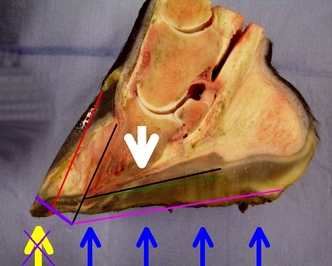
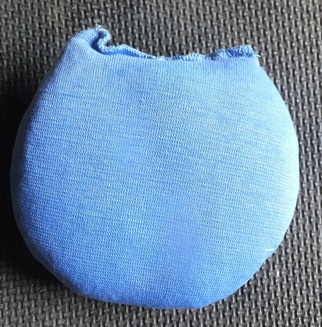
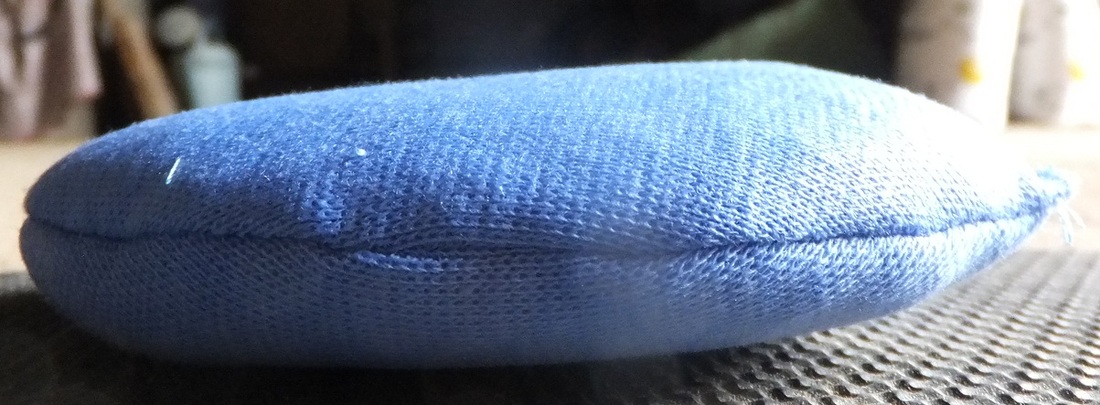
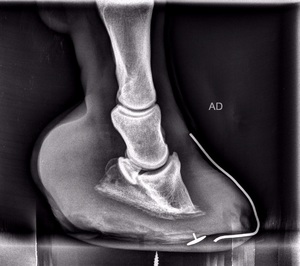
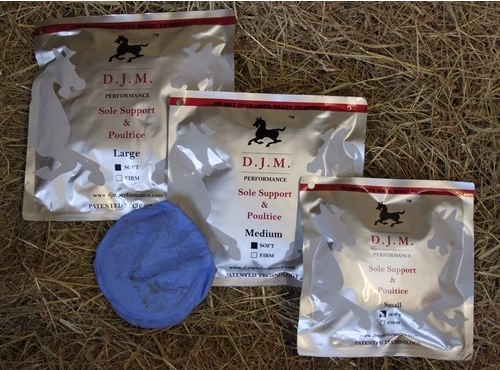
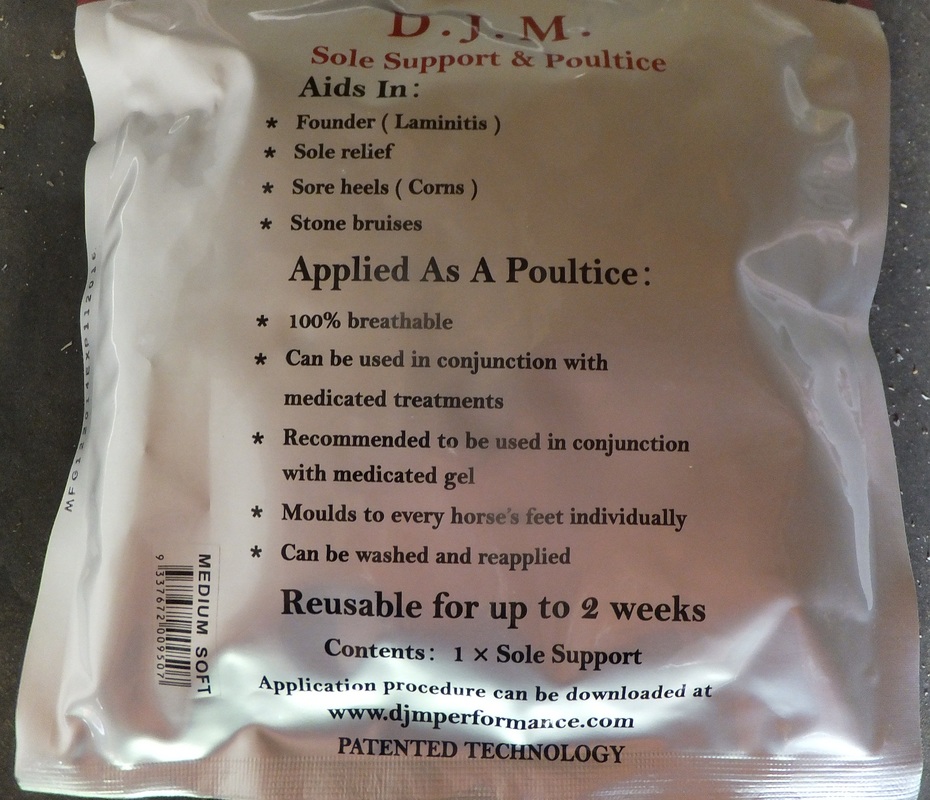
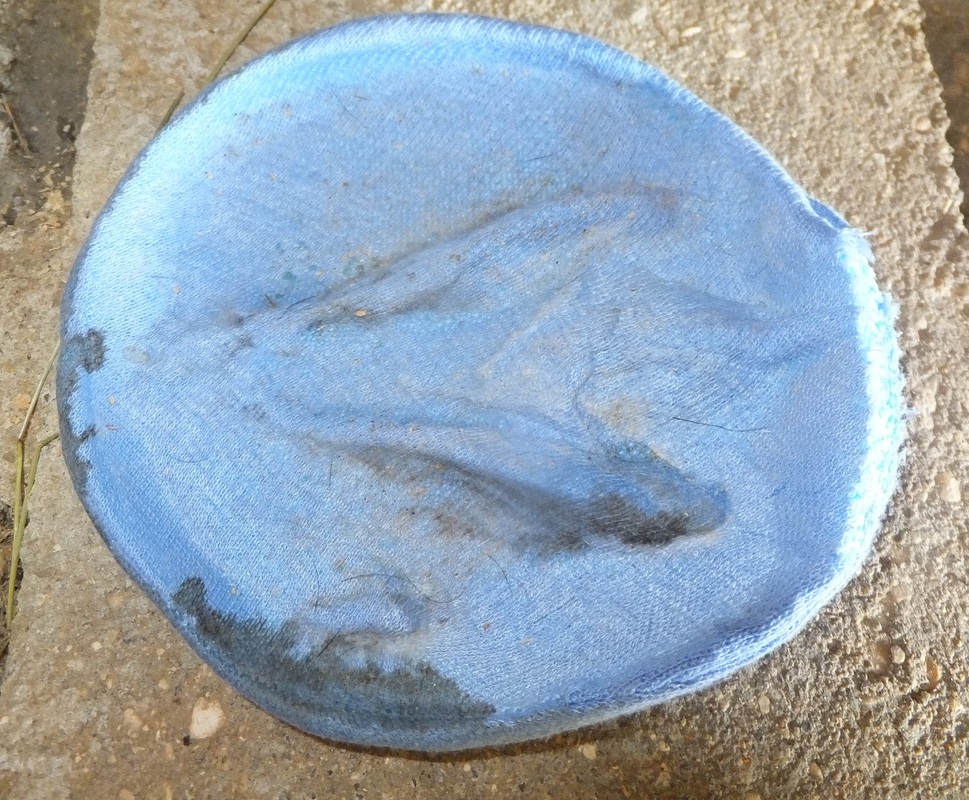
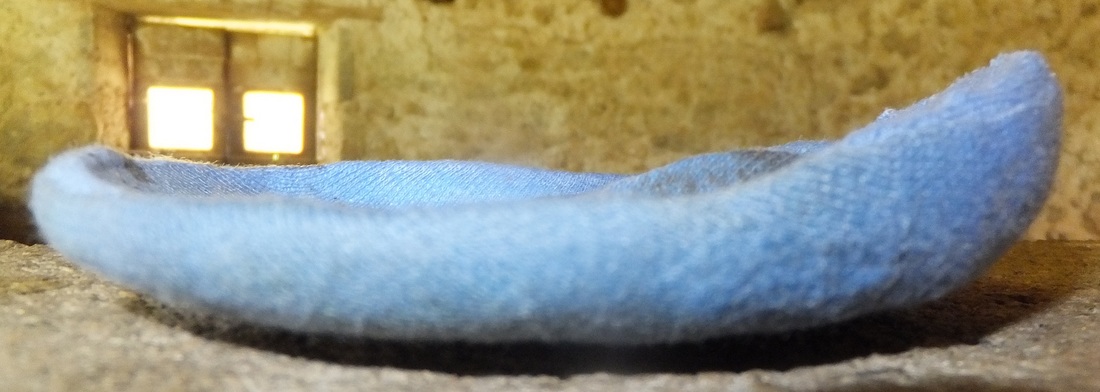
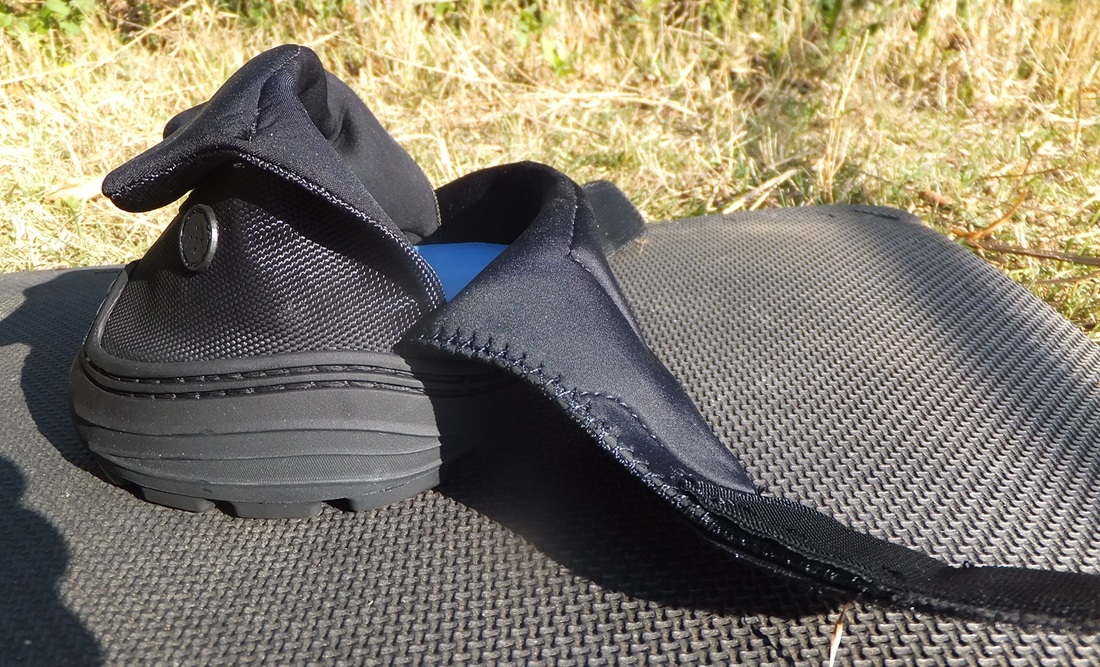

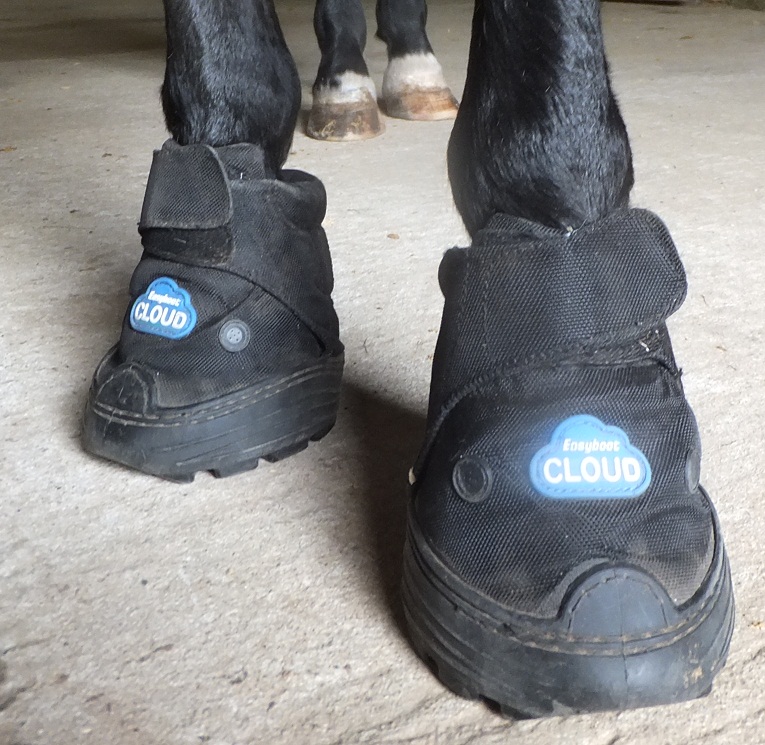
 RSS Feed
RSS Feed